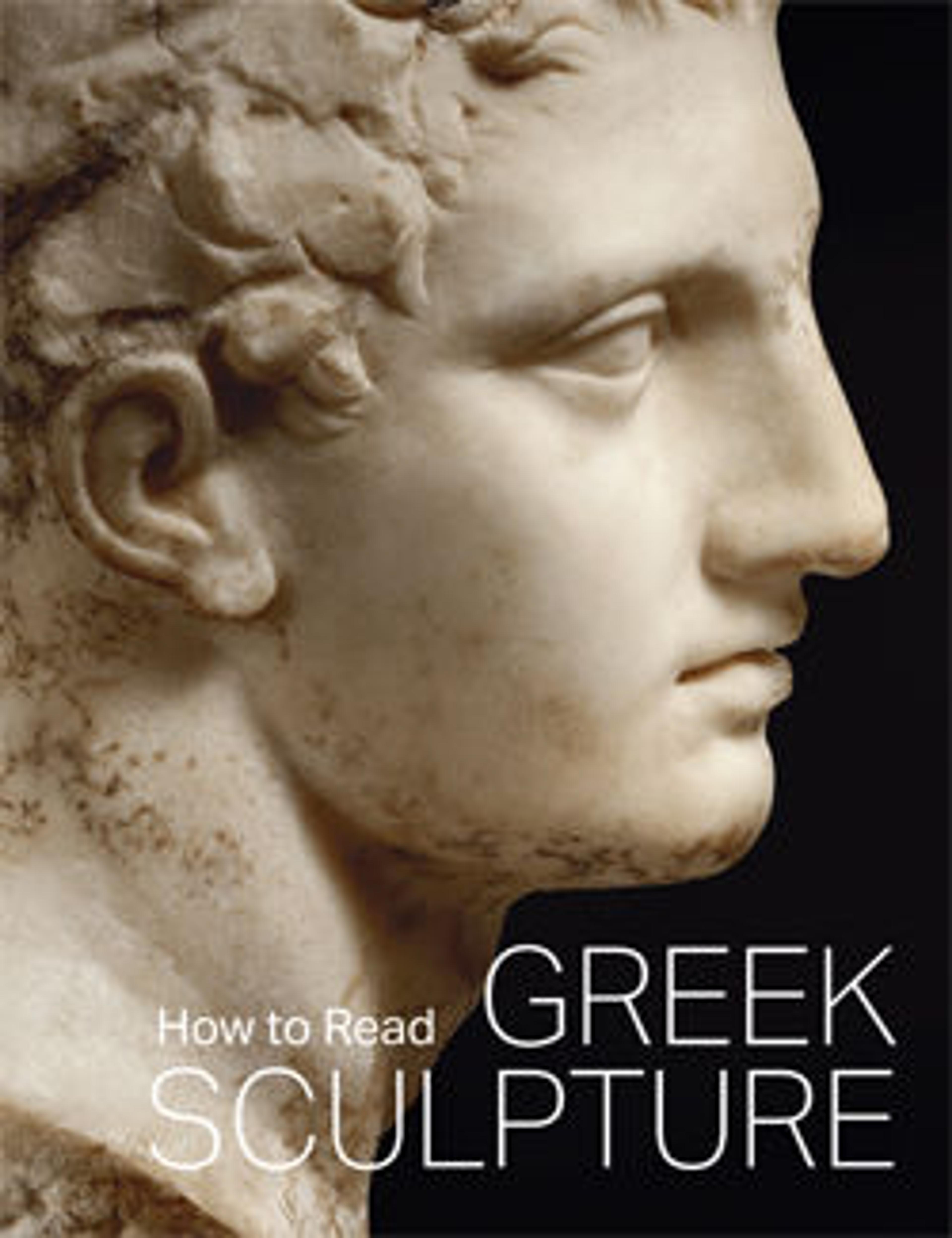Lion felling a bull, from a marble pediment
The original composition, which probably decorated the pediment (triangular gable) of a small building, consisted of two lions felling their prey. The adjoining piece, which the forepart of the right-hand lion and the middle of the bull, was found near the Olympieion in Athens in 1862 and is now in the National Archaeological Museum, Athens. The subject is one of the most popular in Archaic art of all media. It allowed artists to infuse a symmetrical composition with violent movement. It may also have represented the conflict between civilized life and nature, a theme symbolized later by the struggles between Greeks and centaurs.
Artwork Details
- Title:Lion felling a bull, from a marble pediment
- Period:Archaic
- Date:ca. 525–500 BCE
- Culture:Greek, Attic
- Medium:Marble, Parian
- Dimensions:Overall: 25 3/16 x 7 in. (64 x 17.8 cm)
Other: 28 3/8in. (72cm) - Classification:Stone Sculpture
- Credit Line:Rogers Fund, 1942
- Object Number:42.11.35
- Curatorial Department: Greek and Roman Art
Audio
1023. Lion felling a bull, from a marble pediment
0:00
0:00
We're sorry, the transcript for this audio track is not available at this time. Please email info@metmuseum.org to request a transcript for this track.
More Artwork
Research Resources
The Met provides unparalleled resources for research and welcomes an international community of students and scholars. The Met's Open Access API is where creators and researchers can connect to the The Met collection. Open Access data and public domain images are available for unrestricted commercial and noncommercial use without permission or fee.
To request images under copyright and other restrictions, please use this Image Request form.
Feedback
We continue to research and examine historical and cultural context for objects in The Met collection. If you have comments or questions about this object record, please contact us using the form below. The Museum looks forward to receiving your comments.
